Renault brings the home to the open road with Le Corbusier-inspired concept car

By 1931, Villa Savoye – designed by Swiss-born architect and designer Le Corbusier – was complete. Located on the outskirts of Paris, the stilted structure featured a curved ground floor level, modelled on the turning circle of a car, which meant the owner could drive underneath the house, park and drive out the other side with one simple steering movement. More than just a nod to Le Corbusier’s interest in car design, the house is a shining, white-washed example of the automobile impacting architecture.
Less than 20 miles south of Villa Savoye, Laurens van den Acker – Renault Group’s vice president of design – is standing proudly by his latest creation, deep inside the design wing of the company’s Technocentre. The slick, copper-coloured concept is called the Symbioz – derived from sumbiōsis, the Ancient Greek word for ‘living together’. For Van den Acker, the Symbioz is his Villa Savoye for the 21st century – a fully-electric, autonomous and connected living space for the road that he believes we'll be driving (or being driven in) in the year 2030.
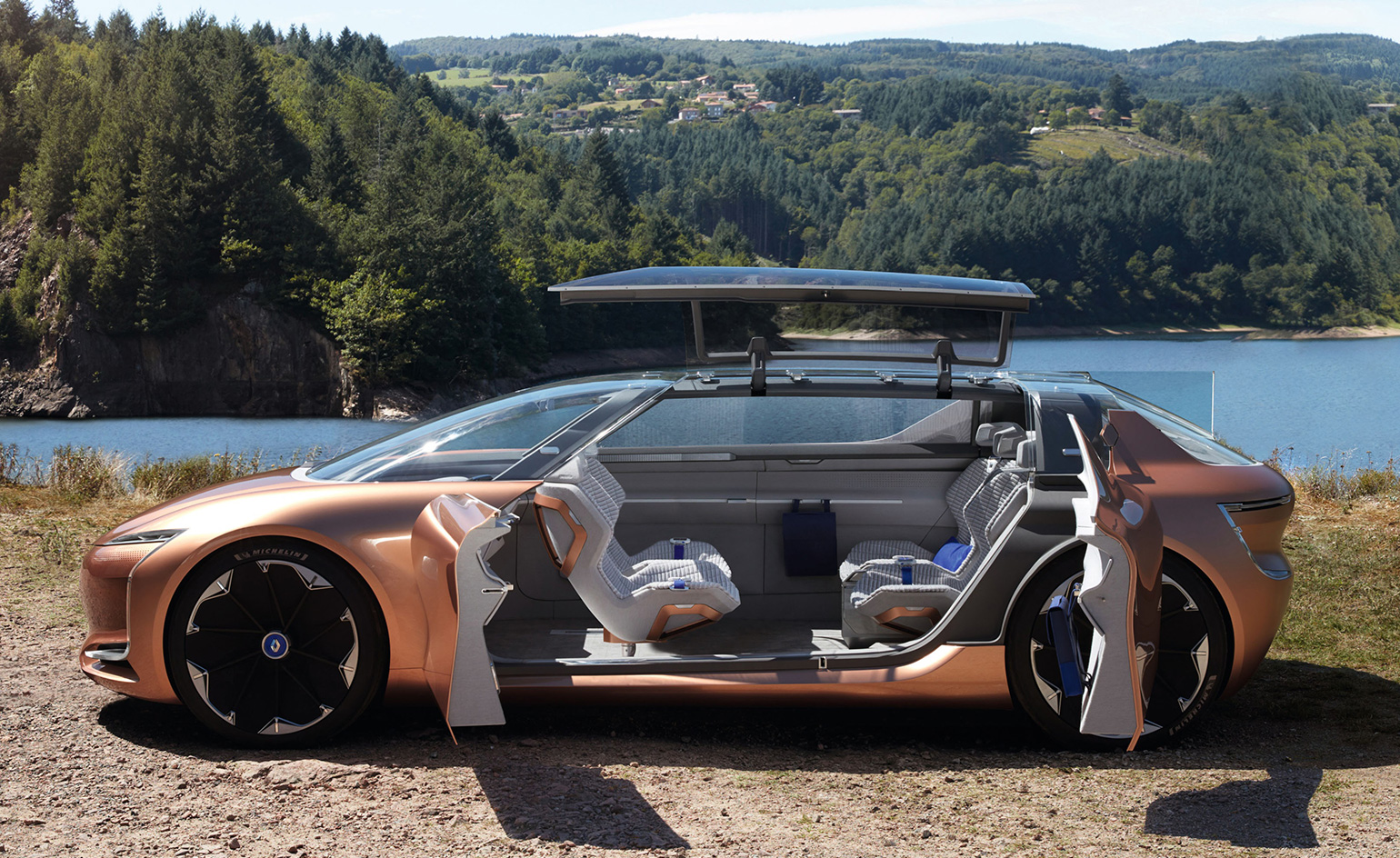
The Symbioz has been designed as a fully-electric, semi-autonomous and connected living space for the road.
Despite its futuristic appearance, the Symbioz bears all the hallmarks of a conventional car with four seats, the same number of wheels and a large, spacious cabin. But its purpose and function, Van den Acker insists, goes far beyond that of a traditional car. ‘No longer can we think of car design in isolation from the ecosystem surrounding us... we’re creating a vehicle that's part of one fluid ecosystem,’ he explains. Launched alongside a full-sized house at the Frankfurt Motor Show, the concept shows how cars can be integrated into our lives by becoming a part of the home – storing and providing power or as a mobile, modular living room, relaxation space or conservatory.
On the road, the Symbioz promises a Level 4 degree of autonomy – or ‘mind off driving’ as Renault Group’s autonomous driving chief engineer Laurent Taupin puts it – enabling the driver to switch off, sit back and enjoy the ride. With autonomous mode enabled, the driver can recline into a ‘zero gravity’ seating position or swivel round and face their fellow passengers, a layout popular with manufacturers keen to show off the full extent of their autonomous credentials.
Stemming from Renault’s brand mantra of ‘a passion for life’, the Symbioz car-cum-house concept may be more than just a glossy future-gazing exercise. ‘In our view, concept cars are a promise,’ says Van den Acker. Having been one of the first manufacturers to popularise electric cars with its ZE (zero emissions) range, Renault has a proven history of bringing new automotive technologies to the market. While consumers are unlikely to welcome their current cars into their homes anytime soon, the Symbioz – like Corbusier’s Villa Savoye – is an admirable attempt to bring two mainstays of modern life together in a handsome but practical package.
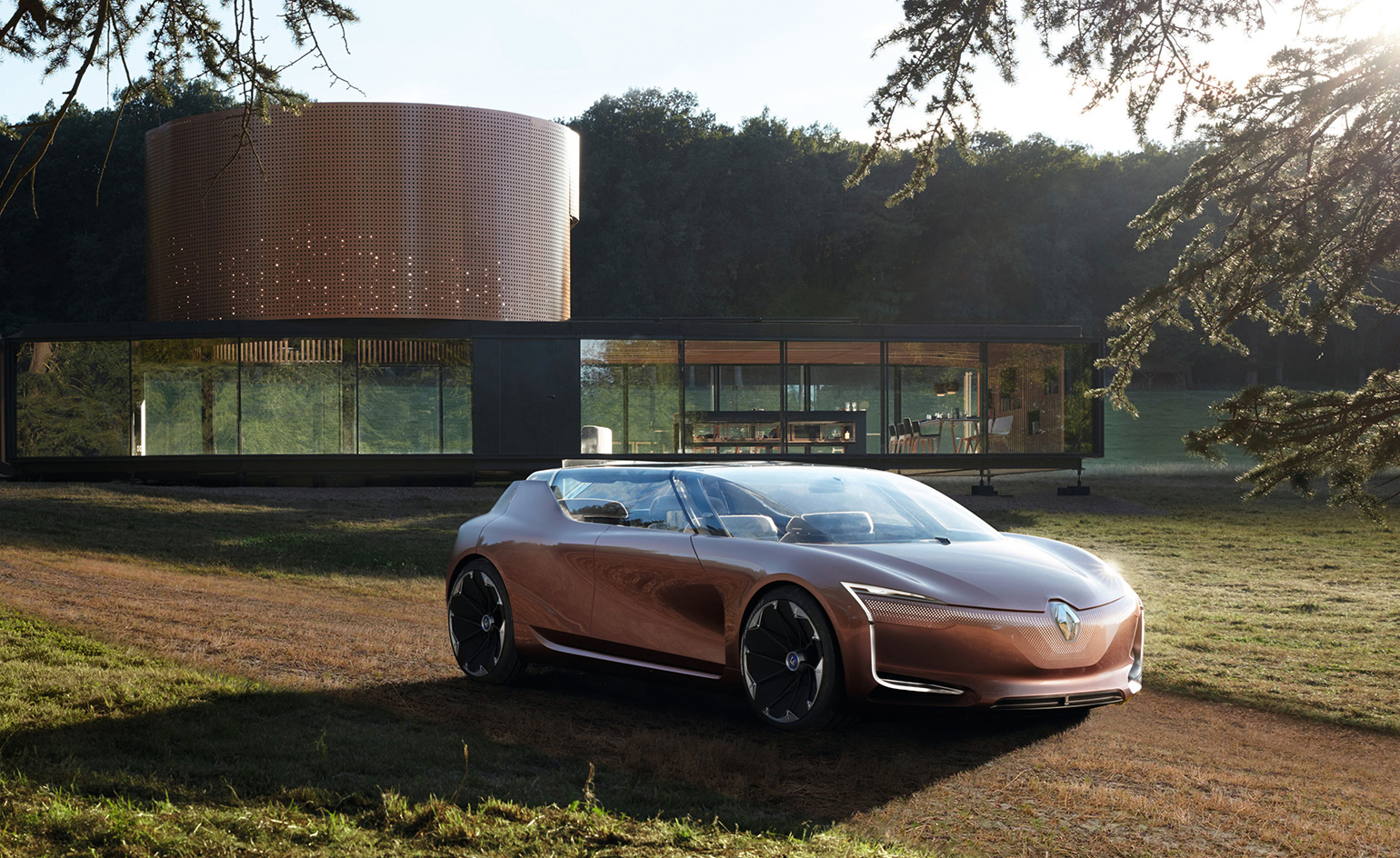
On the road, it can switch between manual control and Level 4 autonomy – or ‘mind off driving’ as Renault’s autonomous driving chief engineer Laurent Taupin puts it
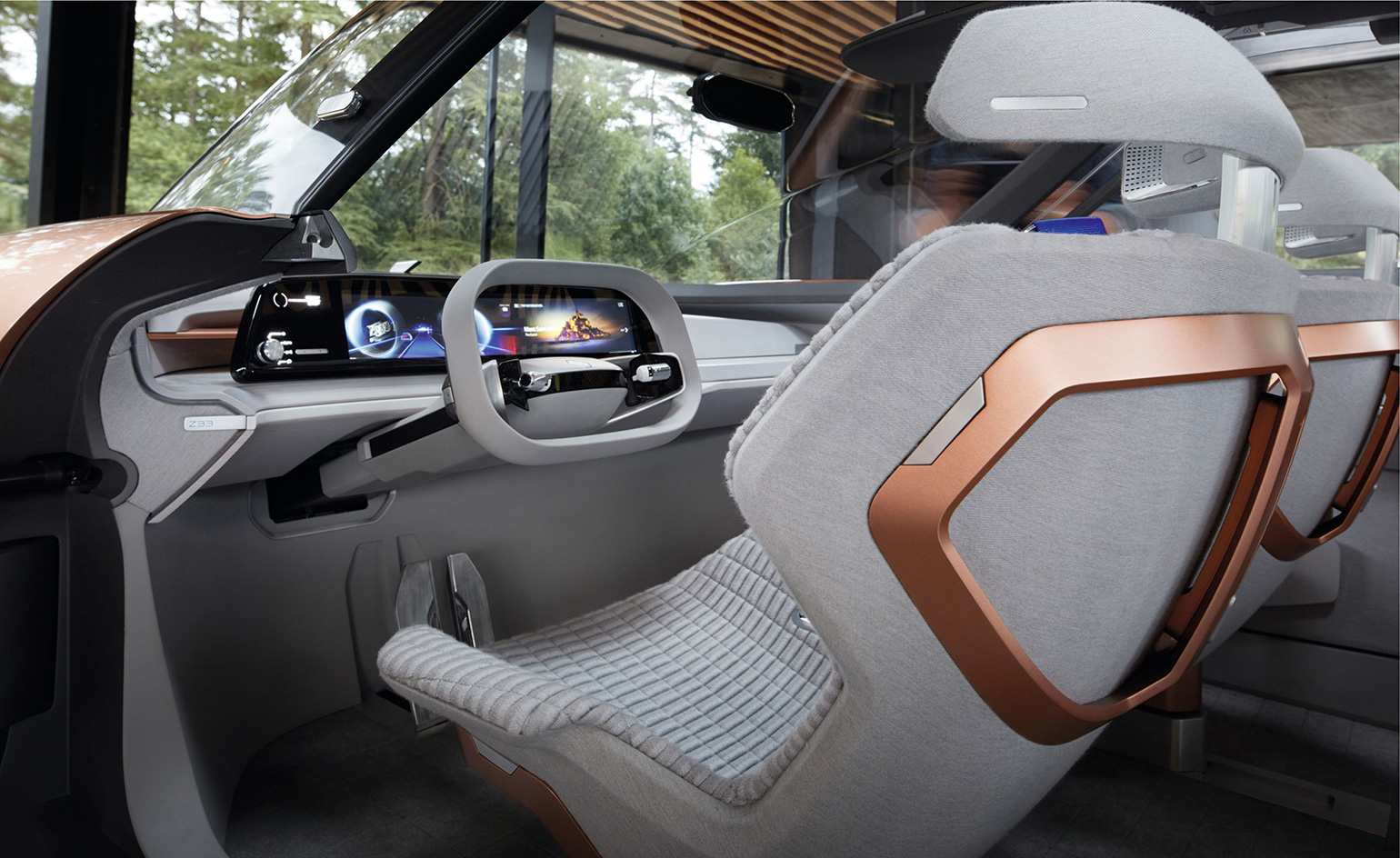
Its two front-facing armchair seats swivel round in autonomous mode.
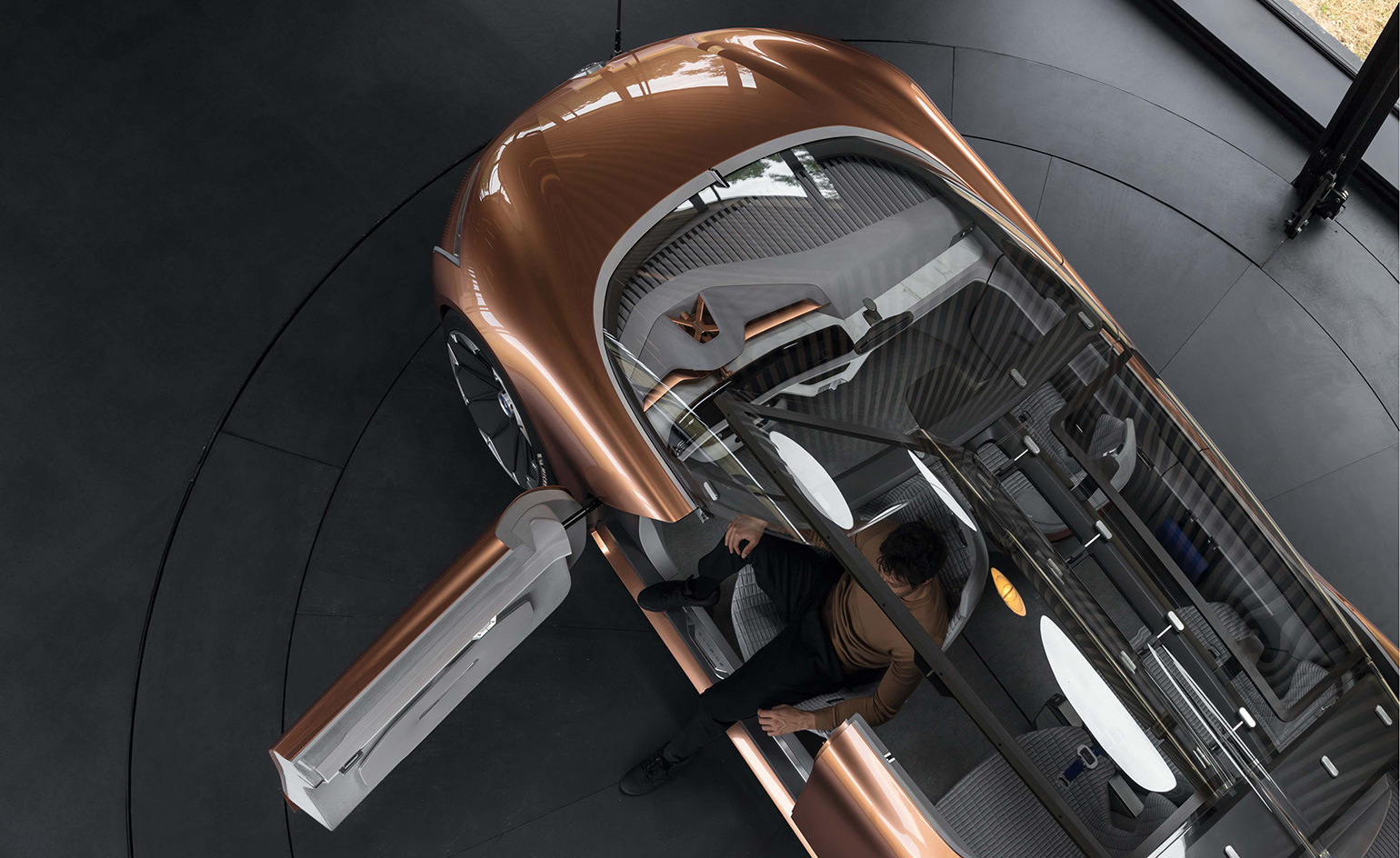
The Symbioz can act as a home power source, storing battery energy and releasing it during peak usage.

Launched at the Frankfurt Motor Show, the concept explores how cars can be integrated into our lives by becoming a part of the home.
INFORMATION
For more information, visit the Renault website
Receive our daily digest of inspiration, escapism and design stories from around the world direct to your inbox.
Rory is a seasoned freelance journalist covering all things cars, motorsport, yachts, travel and transport for Wallpaper* as well as the Financial Times, Telegraph and Robb Report. Regularly quizzing CEOs, racing drivers and engineers on everything from the wheels up, he also test drives the latest cars and greatest classics for news stories, features and reviews. @roryfhsmith
-
 Volvo’s quest for safety has resulted in this new, ultra-legible in-car typeface, Volvo Centum
Volvo’s quest for safety has resulted in this new, ultra-legible in-car typeface, Volvo CentumDalton Maag designs a new sans serif typeface for the Swedish carmaker, Volvo Centum, building on the brand’s strong safety ethos
-
 We asked six creative leaders to tell us their design predictions for the year ahead
We asked six creative leaders to tell us their design predictions for the year aheadWhat will be the trends shaping the design world in 2026? Six creative leaders share their creative predictions for next year, alongside some wise advice: be present, connect, embrace AI
-
 10 watch and jewellery moments that dazzled us in 2025
10 watch and jewellery moments that dazzled us in 2025From unexpected watch collaborations to eclectic materials and offbeat designs, here are the watch and jewellery moments we enjoyed this year
-
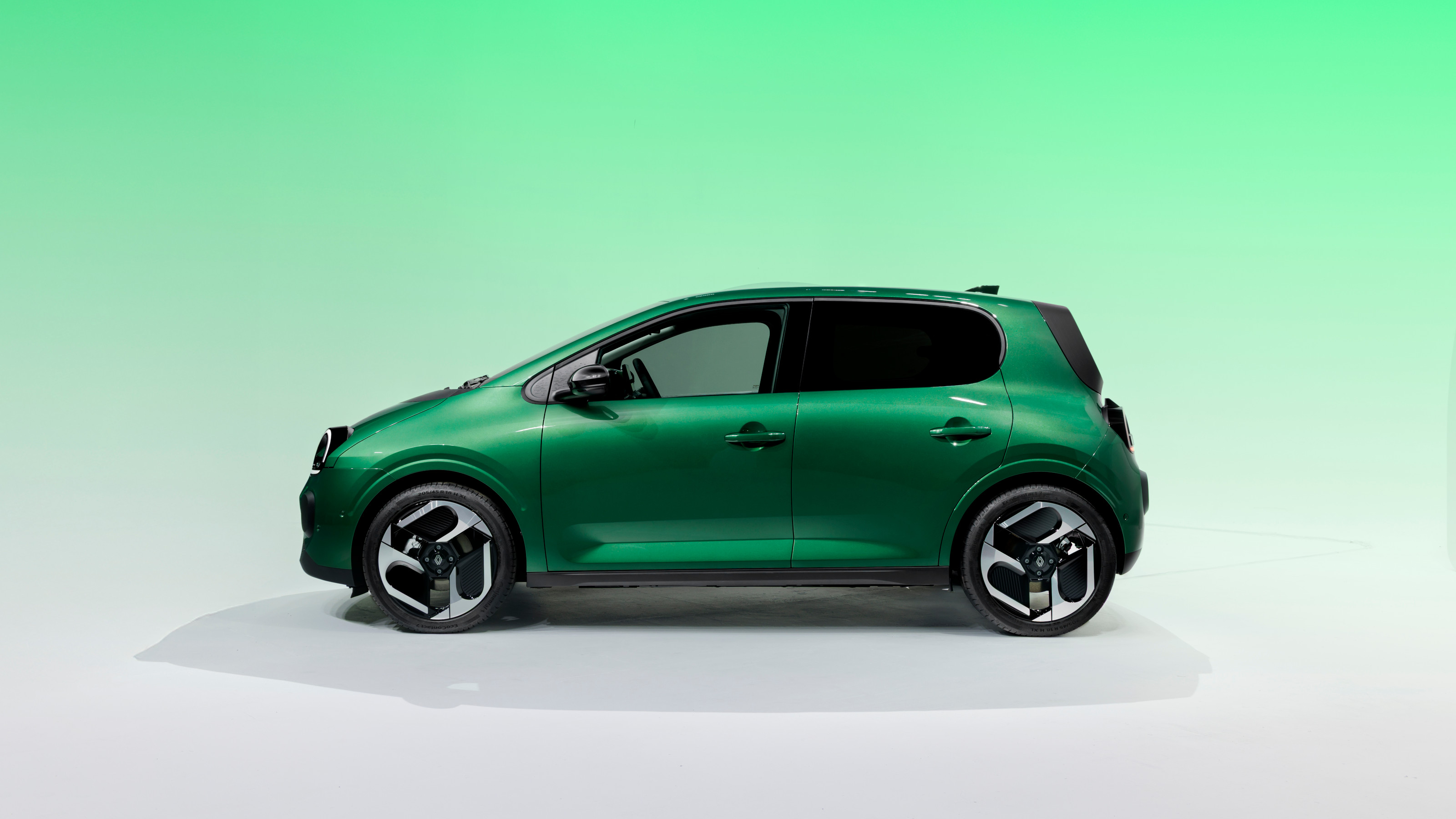 All hail the compact new Renault Twingo E-Tech – the city car is back in style
All hail the compact new Renault Twingo E-Tech – the city car is back in styleRenault continues to pay homage to its heritage by combining it with 21st-century technology. The new Twingo E-Tech is another winner
-
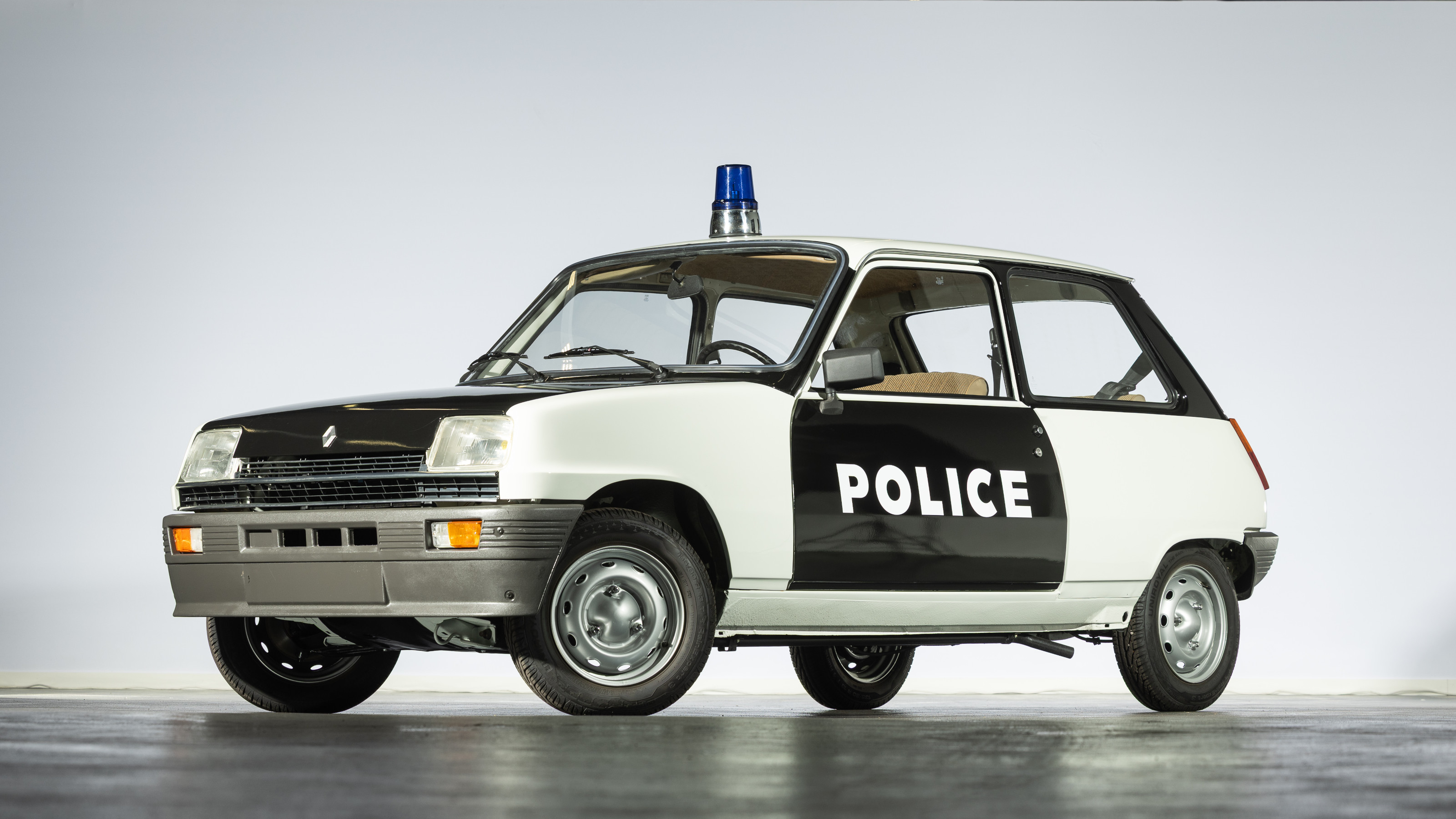 Fancy owning a piece of French automotive history? Bid in The Renault Icons Auction
Fancy owning a piece of French automotive history? Bid in The Renault Icons AuctionRenault is paring back its substantial collection of historic automobiles by auctioning off duplicate models. We present 14 of the finest lots
-
 All the new electric cars and concepts revealed at Munich’s IAA Mobility 2025
All the new electric cars and concepts revealed at Munich’s IAA Mobility 2025Munich’s alternative motorshow is now in its third iteration, combining a traditional exhibition space with a conference and large-scale public activations on the streets of the city
-
 The top 10 concept cars of 2024, as selected by Wallpaper’s Transport Editor
The top 10 concept cars of 2024, as selected by Wallpaper’s Transport EditorWe round up our favourite forays into futuristic design with this collection of concepts and design studies showcasing the transport of tomorrow
-
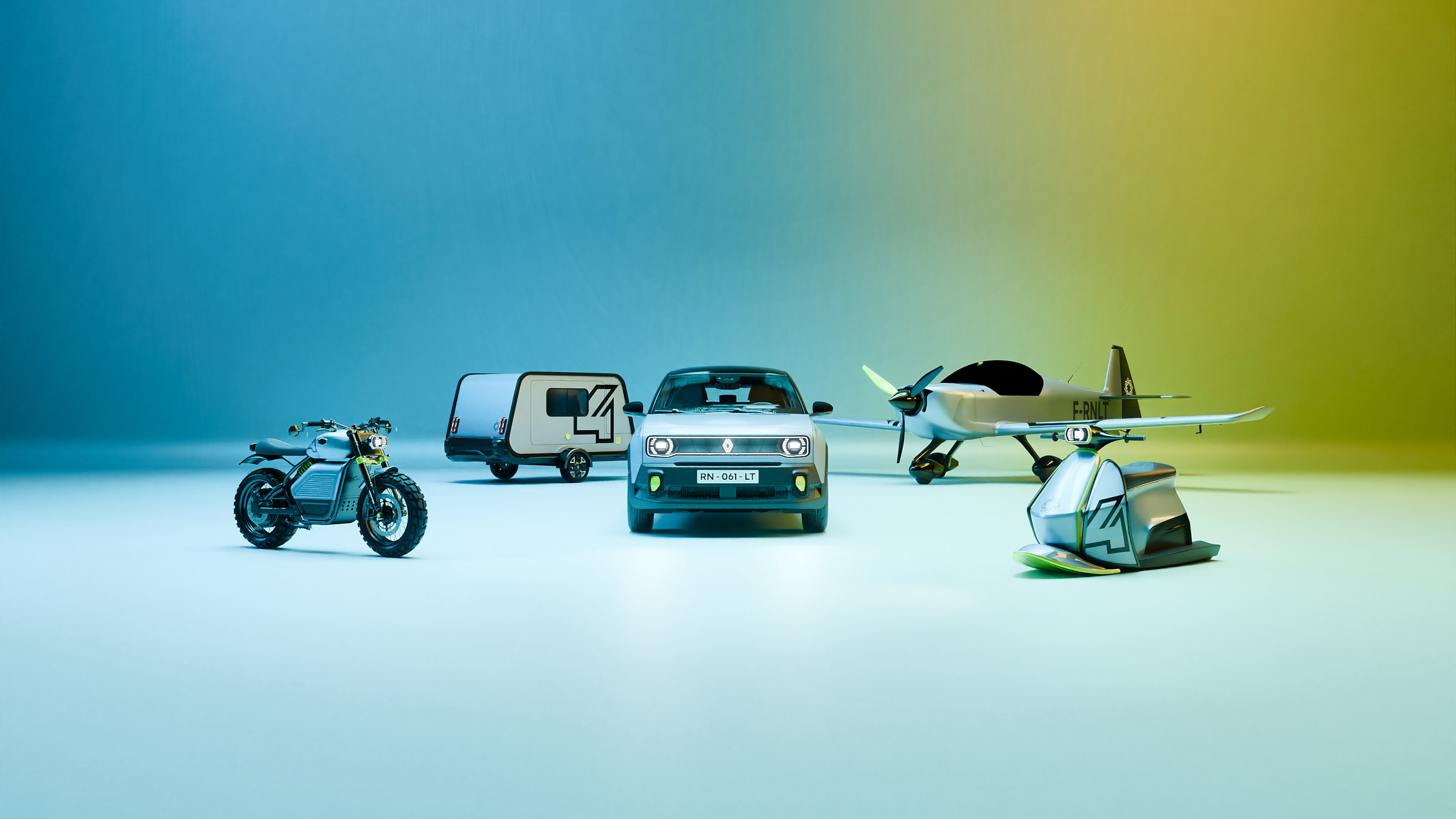 Renault celebrates new R4 EV and electric mobility with TheArsenale and four French start-ups
Renault celebrates new R4 EV and electric mobility with TheArsenale and four French start-upsRenault's '4 Movements' accompanied the R4 E-Tech at the 2024 Paris Motor Show; the clutch of sleek machines will bring innovative electrification to air, sea and water
-
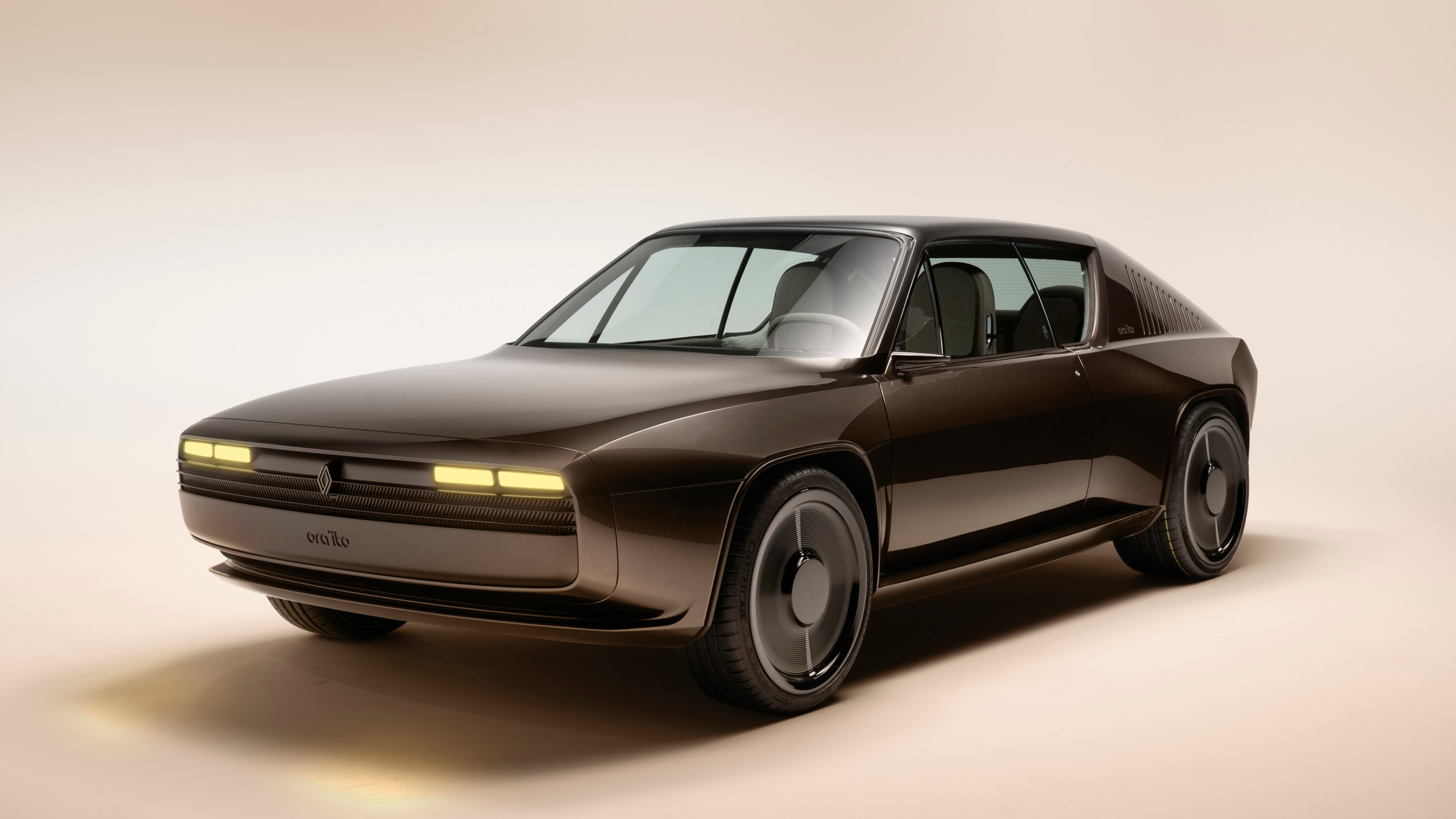 Ora-ïto transforms the Renault 17 into a futuristic yet retro-tinged vision
Ora-ïto transforms the Renault 17 into a futuristic yet retro-tinged visionThe R17 electric restomod x Ora-ïto is the fourth in Renault's series of designer-led reimaginings of iconic models from its past. We think it's the best of the lot
-
 The new Renault 5 E-Tech’s design secrets and designer dreams revealed
The new Renault 5 E-Tech’s design secrets and designer dreams revealedWallpaper* talks to Renault’s Laurens van den Acker and Gilles Vidal about how they shaped the eagerly awaited Renault 5 E-Tech
-
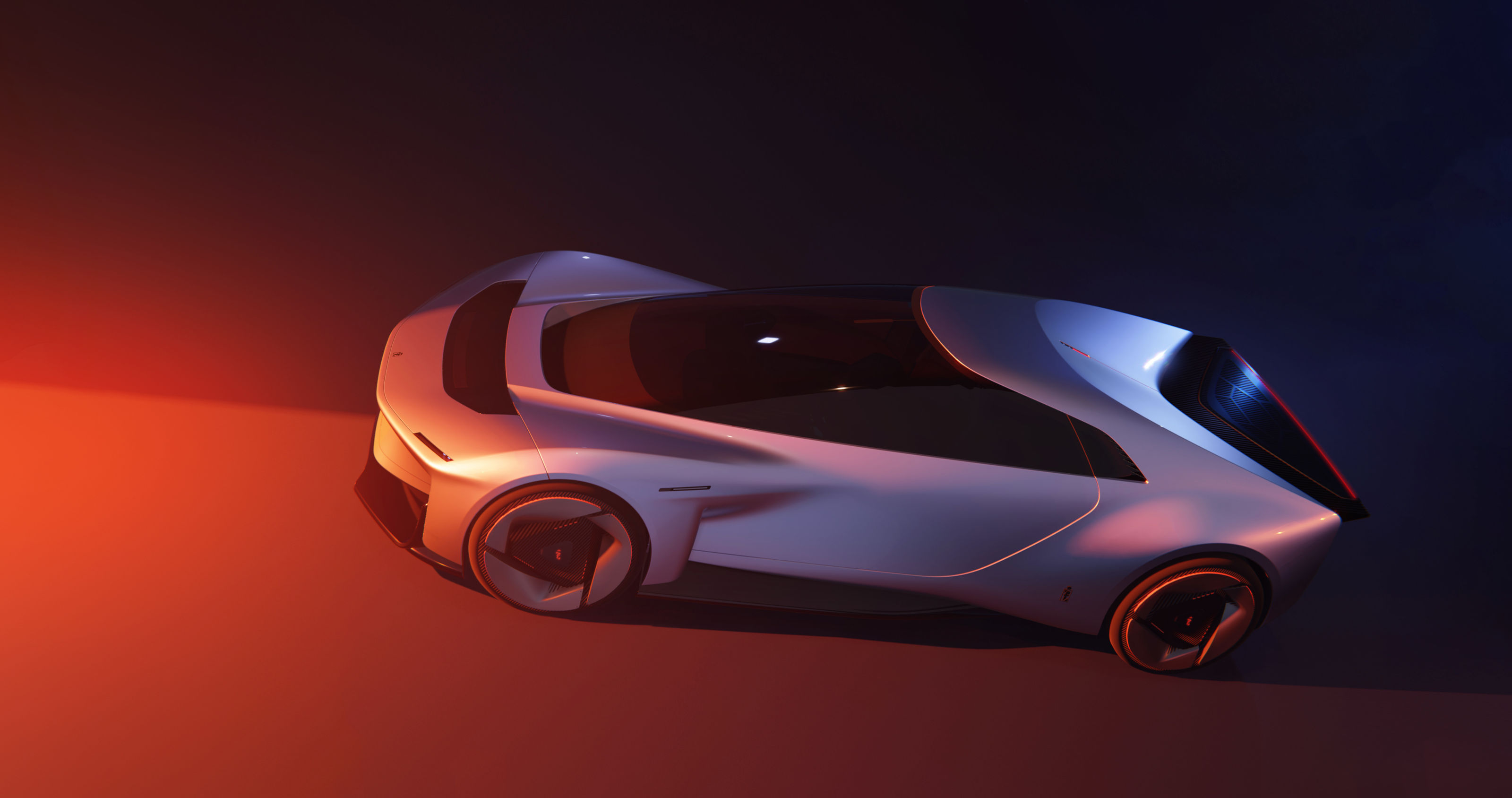 The return of the Geneva Motor Show (to Geneva) as a place for global debuts
The return of the Geneva Motor Show (to Geneva) as a place for global debutsThe Geneva Motor Show is back. After 2020’s pandemic cancellation and an ‘exported’ event in Qatar in 2023, the organisers of GIMS 2024 had their work cut out to stay relevant. Here are our highlights